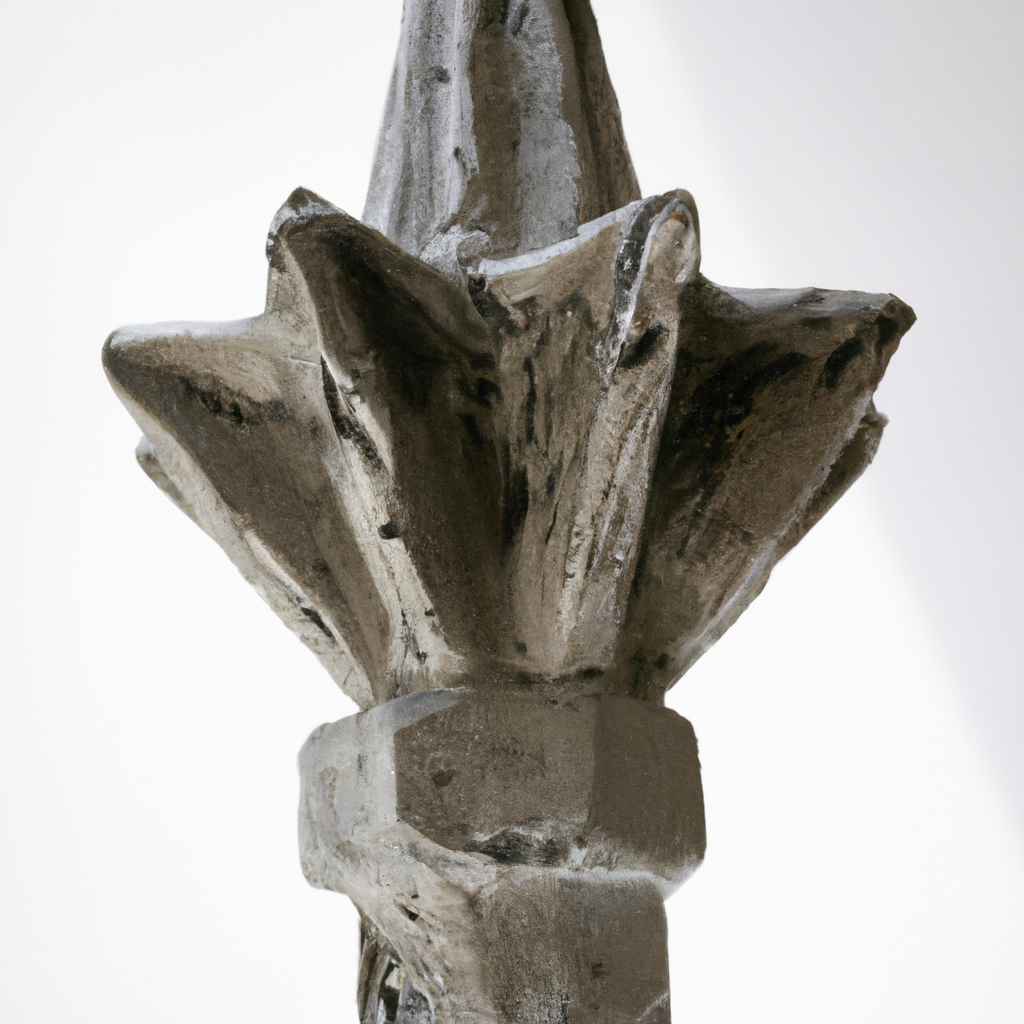
In an exquisite act of cultural rectitude, the Art Institute of Chicago has recently undertaken the commendable step of repatriating a magnificent 12th-century pilaster back to its ancestral home at Thailand's illustrious Phanom Rung Temple. This reverential gesture marks a significant moment in the ongoing dialogue surrounding the provenance and ethical custody of historical artifacts.
Carved from the volcanic rock native to the region, the pilaster is an exemplary artifact of the Angkor-period craftsmanship. Its intricate reliefs, which once narrated the celestial myths tethered to the Hindu cosmology, stand as a silent witness to the grandeur of a bygone era. Over years, this artifact had transcended its original sacred context, entering instead the global circuit of art and antiquities, where it eventually found its interim abode in Chicago.
The repatriation process began as part of an expanded initiative within the Art Institute to scrutinize the origins of their Southeast Asian art collection. This deliberate probe into the provenance of such artifacts underscores a growing acknowledgment within museum cultures worldwide of the importance of ethical stewardship over cultural heritage items. It highlights an evolving consciousness that respects the intrinsic connections between artifacts and their places of origin.
For Thailand, the return of the pilaster to the Phanom Rung Temple is not merely the recovery of a cherished relic but a restoration of historical continuity. The temple, an architectural marvel that sits atop an extinct volcano, was originally constructed as a Hindu shrine and has since been a beacon of spiritual significance. The reintegration of the pilaster into its original framework reinforces the cultural narrative and spiritual vibrancy of Phanom Rung.
As cultural institutions across the globe confront their collection histories, the narrative of the pilaster serves as a poignant reminder of the vibrant dialogues that can emerge between historical stewardship and cultural identity. This act of repatriation by the Art Institute of Chicago not only rectifies historical narratives but also sets a precedent for the role of museums in fostering an ethical culture around the acquisition and care of their collections.
The elegance with which this transition has been handled speaks volumes about the possibilities of international cooperation in cultural preservation. It serves as a lustrous example of how art transcends boundaries yet remains deeply rooted in local histories and identities. As New Yorkers, connoisseurs of art and culture, we appreciate and resonate deeply with such narratives of restitution and respect, adding another layer of connection to our global cultural fabric.